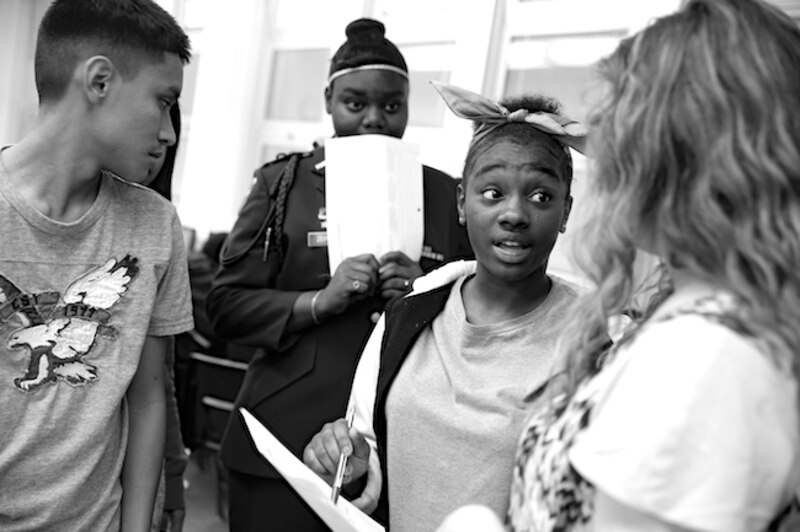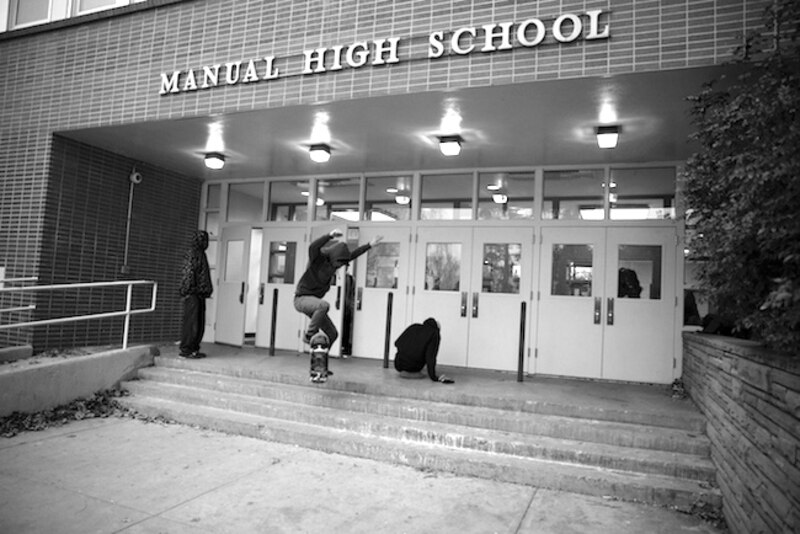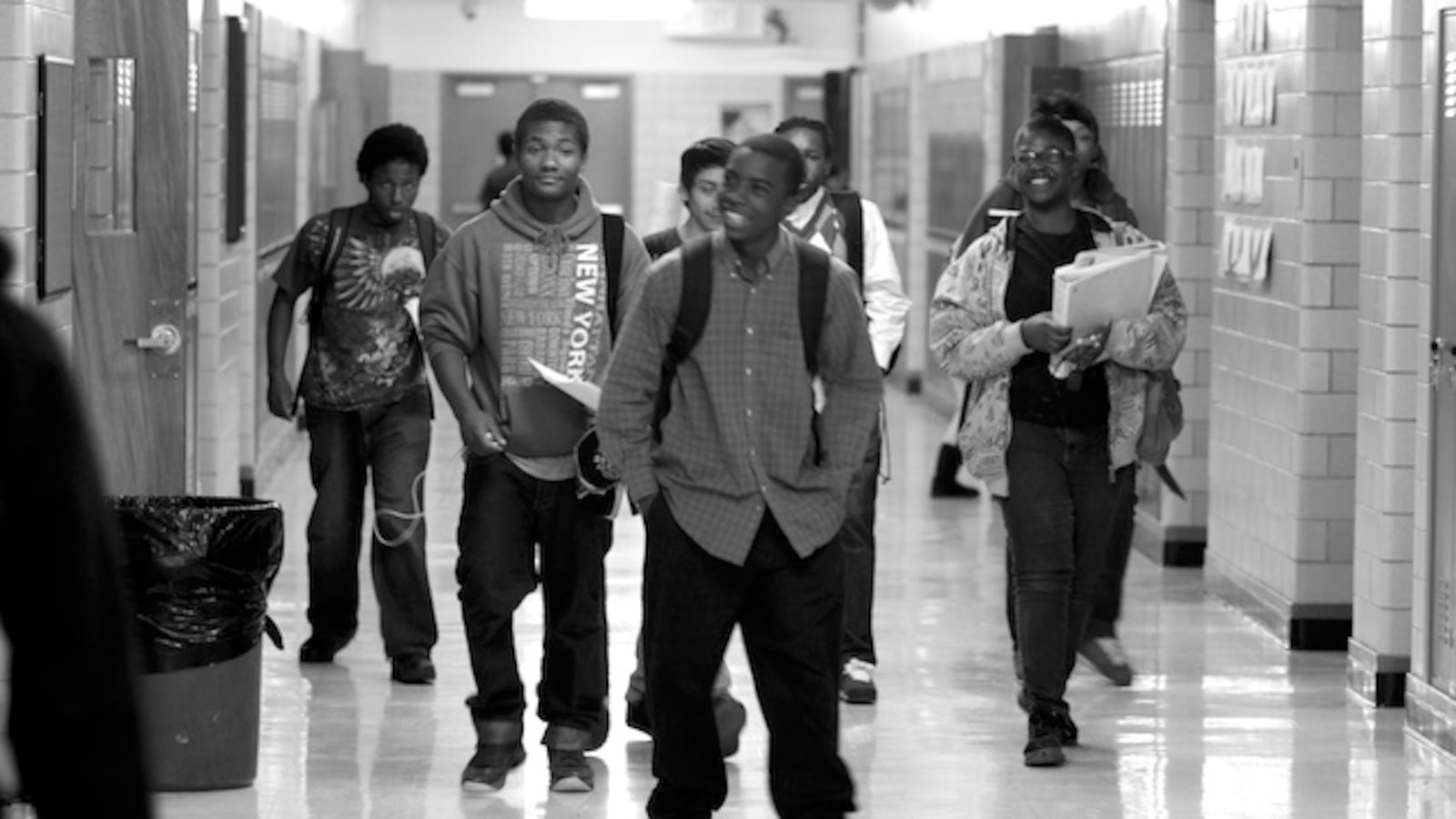The Manual High School community has been promised — a lot.
Since the mid-1990s, the school has been a laboratory for well-intentioned reform efforts aimed to better educate the school’s mostly poor and minority student population. But every effort, including a dramatic closure and reboot in 2006, has failed to sustain even the most modest progress.
This fall, Chalkbeat Colorado reporters spent two months at Manual, interviewing dozens of students, teachers, parents and observers of the school. In four parts, we explore the factors that led Manual to go from a nationally watched model for transformation to Denver’s worst high school. We will describe key challenges facing Manual today as it moves forward. And we will explore the role that Manual’s community — students, parents, and a vocal corps of alumni — has played in Manual’s past, present, and future.

Part 1: Much change, little success
Eight years ago, Manual High School was the centerpiece of Denver Public School’s reform efforts. But once again, Manual is the lowest-performing high school in the city, as judged by state test scores. By some measures, the school is worse even than it was when the school board voted to shutter its doors in 2006. Instead of symbolizing urban school reform’s promise, the school is now a case study in the all-too-common descent from good intentions to disappointment.

Part 2: Conflicting views on path forward
The shifts that Manual has undergone in the last several years reflect a tug-of-war in the education reform world. Reformers are divided between those who place their faith in the power of good teaching to transform student performance and those who point to the overwhelming impact out-of-school factors have on student performance. For the second group, change will have to extend beyond teaching, to systemic and societal overhauls.
Part 3: Missteps, red tape, lax oversight
Denver Public Schools has repeatedly taken actions to make it more difficult for Manual’s staff to focus on their charge of building a strong school culture and boosting student achievement. The school district forced a rushed planning process to get the school off the ground, lost one school leader, and took a full school year to find a replacement, in the process leaving a vacuum that siphoned away early academic progress.


